How to Plant Garlic: Perfect Timing for Maximum Yield
- February 2, 2024
- 3 comment
Embarking on the journey of growing your garlic can be a rewarding and satisfying experience. Not only does it provide you with a fresh and flavorful kitchen staple, but it also allows you to connect with the natural rhythm of the seasons. In this guide, we’ll delve into the art of planting garlic, focusing on perfect timing to ensure a maximum yield that will make it seem like you’ve been cultivating garlic for years.
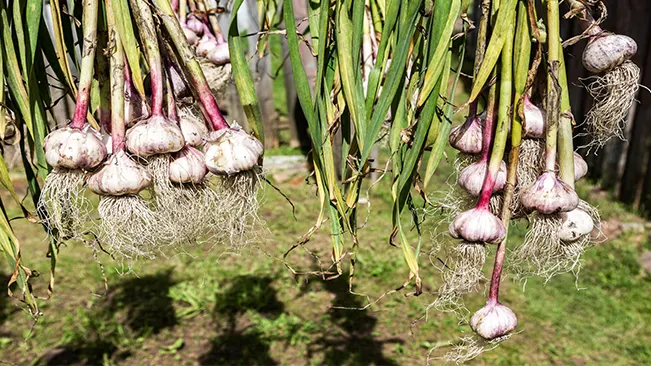
Garlic is typically planted in the fall, allowing it to establish strong roots before winter sets in. The ideal time for planting varies depending on your location, but generally, aim for a few weeks before the first frost. This ensures that the garlic cloves have enough time to develop a robust root system without sprouting above the soil.
| Nutrient/Compound | Description | Health Benefits |
|---|---|---|
| Allicin | Sulfur-containing compound formed when garlic is crushed or chopped. Responsible for garlic’s distinct smell and believed to have antimicrobial properties. Known for potential cardiovascular and immune system benefits. | Cardiovascular support, immune system enhancement |
| Vitamins | Small amounts of various vitamins, including vitamin C, vitamin B6 (pyridoxine), and thiamine (vitamin B1). Play crucial roles in immune function, energy metabolism, and overall health. | Immune support, energy metabolism, overall health |
| Minerals | Provides minerals such as manganese, phosphorus, calcium, and selenium in small amounts. Contribute to bone health, enzyme function, and antioxidant defense mechanisms. | Bone health, enzyme function, antioxidant defense |
| Sulfur Compounds | Besides allicin, includes compounds like diallyl disulfide, diallyl trisulfide, and allyl mercaptan. Associated with potential anti-inflammatory and antioxidant effects. | Anti-inflammatory, antioxidant |
| Flavonoids | Plant compounds with antioxidant properties. Garlic contains flavonoids like quercetin, contributing to overall antioxidant capacity and potentially anti-inflammatory effects. | Antioxidant, potential anti-inflammatory effects |
| Fiber | Provides a small amount of dietary fiber. While not a significant source, fiber is important for digestive health and may contribute to a feeling of fullness. | Digestive health, satiety |
| Ajoene | Sulfur-containing compound studied for potential anti-clotting and antiplatelet properties, with potential implications for cardiovascular health. | Cardiovascular health |
| Phytochemicals | Various phytochemicals, including polyphenols, contribute to garlic’s antioxidant properties. These compounds may help neutralize harmful free radicals in the body. | Antioxidant, neutralizing free radicals in the body |
This table provides a concise overview of the key nutrients and compounds found in garlic, along with their descriptions and potential health benefits.
Selecting the Right Garlic Variety
Before diving into the planting process, it’s crucial to choose the right garlic variety for your region and preferences. Softneck and hardneck are the two main types, each with its unique flavor profile and growing requirements. Research the varieties that thrive in your climate and soil conditions to set the stage for a successful harvest.
Softneck Garlic
(Allium sativum var. sativum)
- Characteristics
Softneck garlic is the most common type found in grocery stores. It has a soft, pliable stem that makes it easy to braid, and it typically produces more cloves per bulb than hardneck varieties. - Flavor Profile
Softneck garlic tends to have a milder flavor compared to hardneck varieties, making it a versatile choice for various culinary applications. - Growing Conditions
Softneck garlic is well-suited for milder climates with less severe winters. It’s a good option for gardeners in regions with mild to moderate temperatures.


Hardneck Garlic
(Allium sativum var. ophioscorodon)
- Characteristics
Hardneck garlic features a hard central stem, called a scape, which produces a flowering stalk. Hardneck varieties typically have larger cloves but fewer per bulb compared to softneck garlic. - Flavor Profile
Hardneck garlic tends to have a more robust and complex flavor, with distinct garlic undertones. It is often favored by culinary enthusiasts for its rich taste. - Growing Conditions
Hardneck garlic varieties are well-suited for colder climates with harsher winters. They generally require a period of vernalization, or exposure to cold temperatures, to produce satisfactory bulbs.
Climate Considerations
Assess your local climate and growing conditions. Softneck garlic is more adaptable to mild climates, while hardneck varieties are better suited for colder regions.
Flavor Preferences
Consider your flavor preferences in the kitchen. If you prefer a milder garlic taste, opt for a softneck variety. For a more robust and intense garlic flavor, choose a hardneck variety.
Storage Durability
Softneck garlic typically stores for a longer period than hardneck garlic. If you’re looking for garlic with a longer shelf life, a softneck variety may be a better choice.
Braiding and Aesthetics
If you enjoy the aesthetic appeal of braided garlic and need garlic that’s easy to store in this manner, softneck varieties are more suitable due to their flexible stems.
Local Recommendations
Consult local gardening experts, farmers, or extension services for recommendations on garlic varieties that thrive in your specific region. Local knowledge can be invaluable in selecting the right garlic for your area.
Preparing the Soil
Garlic thrives in well-draining, fertile soil. A few weeks before planting, work compost or well-rotted manure into the soil to enhance its nutrient content. Ensure that the chosen planting site receives ample sunlight, as garlic prefers full sun for optimal growth.
Choose the Right Location
Select a sunny location for your garlic patch. Garlic prefers full sun, so choose a spot that receives at least 6-8 hours of sunlight each day. Ensure good air circulation to prevent diseases.

Clear the Area
Remove any weeds, rocks, or debris from the planting area. Weeds can compete with garlic for nutrients, and clearing the space helps create a clean environment for your garlic bulbs to grow.

Loosen the Soil
Garlic bulbs need loose soil for proper bulb development and easy root penetration. Use a garden fork or a tiller to loosen the soil to a depth of at least 8-10 inches. Break up any compacted soil to create a friable, well-aerated planting bed.

Incorporate Organic Matter
Mix in organic matter, such as compost or well-rotted manure, into the soil. This not only adds essential nutrients but also improves the soil structure, drainage, and water retention. Aim to incorporate a few inches of organic matter into the topsoil.

Add a Balanced Fertilizer
Before planting, apply a balanced fertilizer with an N-P-K ratio suited for root development. A general-purpose fertilizer, such as a 10-10-10 blend, can provide the necessary nutrients for garlic. Follow the package instructions for application rates.
Avoid Excessive Nitrogen
While garlic requires nitrogen for leafy growth, excessive nitrogen can lead to lush foliage at the expense of bulb development. Avoid high-nitrogen fertilizers or fresh manure, as these can encourage excessive leafy growth.
Create Raised Beds (Optional)
Consider creating raised beds if your soil has drainage issues. Raised beds help prevent waterlogging and promote better drainage, which is essential for garlic. Ensure the raised beds are at least 6 inches high.

Mulch the Soil
Once the garlic cloves are planted, apply a layer of mulch to help retain soil moisture, suppress weeds, and regulate soil temperature. Straw, hay, or shredded leaves are good options for mulching garlic beds.
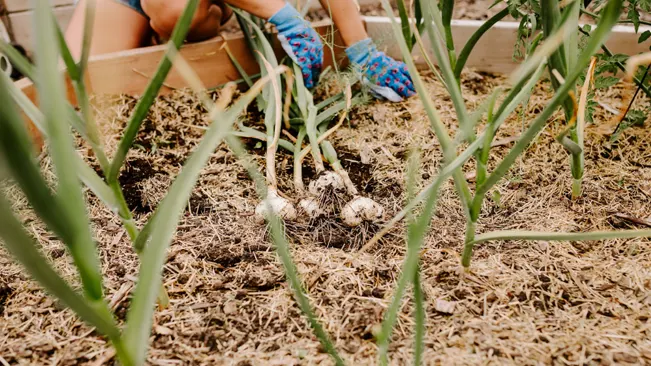
Water the Soil
Water the soil thoroughly after planting the garlic cloves. Adequate moisture is crucial for the initial stages of garlic growth. Keep the soil consistently moist throughout the growing season, especially during dry periods.
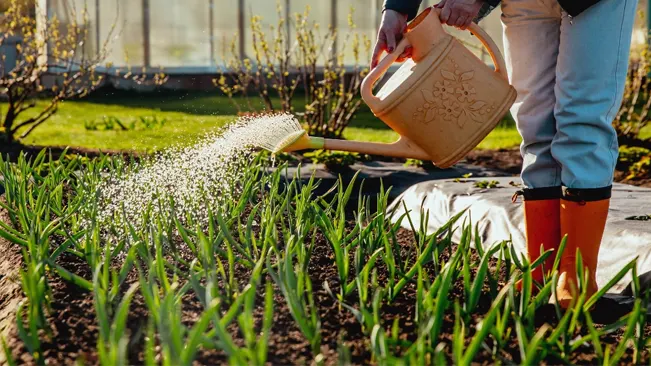
Breaking Bulbs into Cloves
Just before planting, carefully separate the garlic bulbs into individual cloves. Choose the largest and healthiest cloves for planting, as they will yield larger bulbs come harvest time. Leave the papery skin on each clove intact to protect it during the initial stages of growth.
Planting Depth and Spacing
Plant the garlic cloves about 2 inches deep, pointed end up, and space them approximately 4 to 6 inches apart. Ensure that the cloves are well-covered with soil to protect them from the winter chill. Consider adding a layer of mulch to insulate the soil and prevent extreme temperature fluctuations.
Caring for Your Garlic Patch
Once planted, garlic requires minimal maintenance. Water the cloves well after planting, and continue to keep the soil consistently moist throughout the growing season. Remove any weeds that may compete for nutrients and space. As spring approaches, consider applying a balanced fertilizer to support healthy bulb development.
- Watering
Initial Watering: Water the garlic patch thoroughly immediately after planting. This helps settle the soil and provides the necessary moisture for the cloves to initiate root growth.
Regular Watering: Keep the soil consistently moist throughout the growing season. Garlic prefers well-drained soil but does not tolerate drought. Aim to provide about 1 inch of water per week, either through rainfall or irrigation. - Weed Control
Regularly inspect the garlic patch for weeds. Weeds can compete with garlic for nutrients, water, and sunlight. Gently pull out any weeds, taking care not to disturb the garlic plants or their roots. - Fertilization
Apply a balanced fertilizer to the garlic patch in early spring before the plants start actively growing. A granular fertilizer with an equal ratio of nitrogen, phosphorus, and potassium (e.g., 10-10-10) can provide the necessary nutrients. Follow the package instructions for application rates. - Mulching
Mulch the garlic patch to help conserve soil moisture, suppress weeds, and regulate soil temperature. Apply a layer of straw, hay, or shredded leaves around the garlic plants, taking care not to cover the emerging shoots. Mulching also protects the garlic bulbs from temperature extremes. - Scaping
Hardneck garlic varieties produce a flowering stalk known as a scape. While scapes are edible and can be used in cooking, removing them encourages the plant to direct more energy towards bulb development. Cut off the scapes when they curl for better bulb growth. - Monitoring for Pests and Diseases
Keep an eye out for signs of pests and diseases. Common garlic pests include aphids and thrips, while diseases like white rot and rust can affect garlic plants. Treat any issues promptly, and consider using organic methods or treatments if possible. - Adjusting Watering in Late Spring
As the garlic plants approach maturity in late spring, gradually reduce watering to allow the soil to dry out slightly. This helps initiate the curing process, which is crucial for proper bulb storage.
Harvesting Your Garlic
Garlic is typically ready for harvest in late spring or early summer, once the lower leaves begin to turn yellow. Use a garden fork to carefully lift the bulbs from the soil, taking care not to damage them. Allow the harvested garlic to cure in a cool, dry place for a few weeks before storing it in a well-ventilated area.
Timing
Harvest garlic when the lower leaves start turning yellow and begin to dry out. This typically occurs in late spring or early summer, depending on the variety and local growing conditions. Pay attention to the signals from the garlic plants, and avoid delaying the harvest too long, as overripe bulbs may split or have reduced storage life.
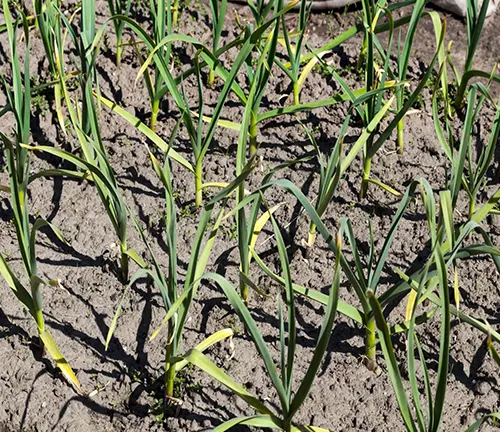

Check Maturity
Assess the maturity of the garlic by inspecting a few bulbs. The outer wrappers should be intact, and the cloves should have filled out the bulb completely. Lift one or two bulbs to check for plumpness and size.
Prepare the Soil
Before harvesting, water the soil around the garlic plants to loosen it. This makes it easier to lift the bulbs without damaging them. Avoid watering for a few days before harvesting to allow the soil to dry slightly.


Harvesting Method
Use a garden fork to gently loosen the soil around each garlic plant. Insert the fork at a slight angle to avoid damaging the bulbs. Lift the bulbs carefully, keeping the tops and roots attached. Shake off excess soil, but avoid brushing or washing the bulbs.
Avoid Pulling
Resist the temptation to pull the garlic bulbs directly from the ground by their stems. This can damage the bulbs and compromise their quality. Using a fork helps lift the entire bulb without causing harm.
Trim Roots and Tops
Once the bulbs are lifted, trim the roots to about 1 inch in length. Leave the tops intact, as they aid in the curing process. If you plan to braid or hang the garlic, leave a longer portion of the stem attached.
Conclusion
By understanding the nuances of garlic planting and timing, you can elevate your gardening skills and enjoy a bountiful harvest. With the right selection of garlic varieties, meticulous soil preparation, and a keen eye on the calendar, you’ll soon be reaping the rewards of your own homegrown garlic, impressing friends and family alike with your green thumb prowess.
Frequently Asked Questions (FAQs)
- How do I plant garlic, and when is the best time to do it?
Garlic is typically planted in the fall, a few weeks before the first frost. Separate garlic bulbs into cloves and plant them about 2 inches deep, pointed end up, in well-draining soil. - What are the different types of garlic, and how do they differ in flavor?
The main types of garlic are softneck and hardneck. Softneck garlic tends to have a milder flavor and is commonly found in grocery stores. Hardneck garlic has a more robust taste, often preferred by culinary enthusiasts. - How do I care for my garlic patch during the growing season?
Care for your garlic patch by watering regularly, removing weeds, and avoiding excessive nitrogen fertilizers. Pay attention to the garlic plants’ health and address any pest or disease issues promptly. - When and how should I harvest garlic?
Harvest garlic in late spring or early summer when the lower leaves turn yellow. Use a garden fork to gently lift the bulbs from the soil, and allow them to cure in a shaded, well-ventilated area for a few weeks. - Can I plant store-bought garlic from the grocery store?
While it’s possible to plant store-bought garlic, it’s recommended to use garlic from reputable seed suppliers or local farmers. Grocery store garlic may be treated to prevent sprouting. - How do I store harvested garlic, and what is the shelf life?
After curing, store garlic in a cool, dry place with good air circulation. Braiding or hanging the bulbs is a common storage method. Properly stored garlic can last several months. - Does garlic have health benefits?
Yes, garlic is associated with various health benefits. It contains allicin, known for its potential cardiovascular and immune system benefits. Garlic is also rich in antioxidants and has been studied for its anti-inflammatory properties. - Can I eat garlic scapes, and how do I use them in cooking?
Yes, garlic scapes are edible and have a milder flavor than garlic bulbs. They can be used in various dishes, such as pesto, stir-fries, or grilled as a side dish. - Are there any companion plants that pair well with garlic in the garden?
Garlic is a beneficial companion plant for many crops. It can help repel pests, such as aphids, and enhance the flavor of neighboring plants, such as tomatoes and roses. - Can I grow garlic in containers, or does it require a garden bed?
Yes, garlic can be grown in containers, making it suitable for small spaces. Use well-draining soil in a container with adequate depth, and follow the same planting and care guidelines as for garden beds.

Kristine Moore
Forestry AuthorI'm Kristine Moore, a seasoned garden landscaping professional with over 30 years of experience. My extensive career has been dedicated to transforming outdoor spaces into stunning, sustainable landscapes. With a deep understanding of horticulture, design principles, and environmental stewardship, I have become a respected figure in the field, known for creating harmonious, visually appealing, and eco-friendly gardens. My commitment to excellence and continuous learning in landscaping trends and techniques has solidified my reputation as an expert in garden design and implementation.
3 comments
Great info on planting garlic bulbs. I am planning to plant my bulbs in February so they can start growing and be ready for spring. I may also put some bulbs around my tomato and pepper plants. It's worth a try. Thanks again for the info.
Brenda Hall
February 4, 2024 2:27 pmI am so impressed with the idea of growing garlic and I wanna be involved in that business of dealing with garlic to sell to big retailers.


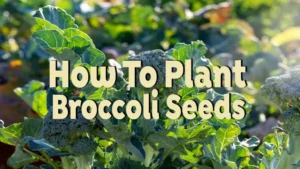
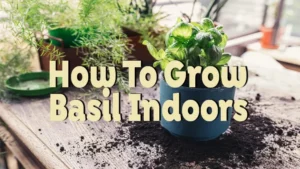
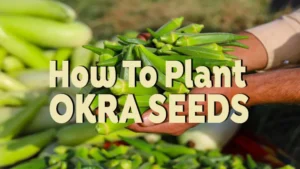


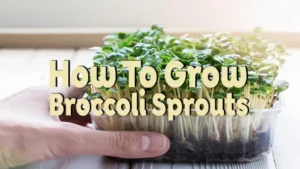
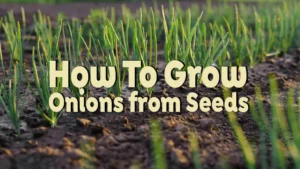


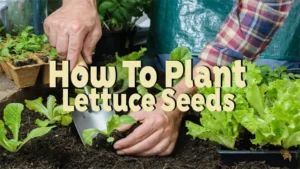

This article was an opener. Thank you so much.
Willie Kamfiti
February 4, 2024 3:20 pm